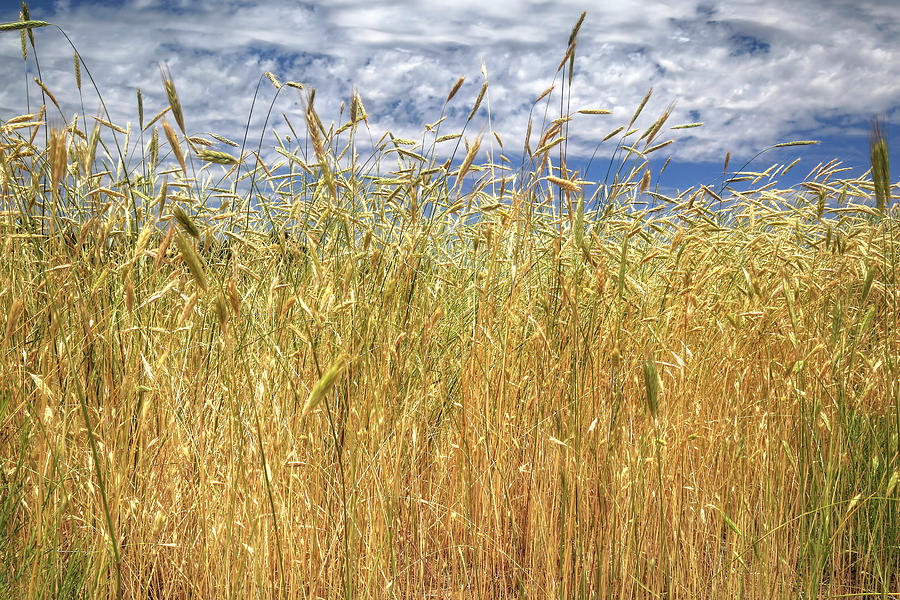Wheat, the cornerstone of many civilizations' diets, faces a silent threat from the skies – acid rain. This article delves into the science behind acid rain and explores its potential consequences for wheat grass, a close relative of wheat used for grazing and research purposes.
Acid rain isn't a natural phenomenon. It occurs when sulfur dioxide (SO2) and nitrogen oxides (NOx) – pollutants primarily emitted from power plants and vehicles – react with water vapor in the atmosphere. These chemical reactions produce sulfuric and nitric acids, which eventually fall back to Earth as rain, snow, or sleet.
Healthy plant growth relies on a balanced soil pH level, a measure of acidity or alkalinity. Most plants thrive in slightly acidic to neutral soil (pH range of 6.0 to 7.5). However, acid rain disrupts this delicate balance, lowering the soil pH and creating a more acidic environment.
How Acid Rain Throws a Wrench in Wheat Grass Growth?
While the specific effects of acid rain on wheat grass haven't been extensively studied, there's strong evidence to suggest it can negatively impact its growth and overall health. Here's how:
- Nutrient Disruption: Acid rain can leach essential nutrients like calcium, magnesium, and potassium from the soil. These nutrients are crucial for plant growth and development. When leached away, they become less available to wheat grass, hindering its ability to thrive.
- Aluminum Mobilization: As soil pH drops due to acid rain, aluminum ions become more mobile within the soil. These aluminum ions can interfere with the root system's ability to absorb water and nutrients, further stressing the plant.
- Disrupted Photosynthesis: Acid rain can damage the waxy coating on wheat grass leaves, increasing their vulnerability to environmental stresses and potentially impacting their ability to photosynthesize efficiently.
- Beyond Wheat Grass: A Ripple Effect on the Food Chain
Wheat grass is not only a valuable source of nutrition for grazing animals but also serves as a model organism in plant research. Negative impacts on wheat grass growth can have cascading effects:
- Reduced Nutritional Value for Grazing Animals: If acid rain diminishes the nutrient content of wheat grass, it can indirectly affect the health of animals that graze on it.
- Hindered Research Efforts: Wheat grass is used in various scientific studies. If acid rain compromises its health and growth, it could hinder research efforts related to plant physiology and stress tolerance.
While the specific research on acid rain's impact on wheat grass is ongoing, the existing evidence paints a concerning picture. Here's what we can do:
- Reduce Emissions: Implementing stricter regulations on power plant emissions and promoting cleaner energy sources can significantly reduce acid rain precursors like SO2 and NOx.
- Limestone Application: In some cases, applying limestone to affected soils can help neutralize acidity and restore a more balanced pH level. This approach requires careful monitoring to avoid over-correction.
- Research and Development: Continued research is crucial to fully understand the long-term effects of acid rain on wheat grass and other crop plants. Developing strategies to mitigate these negative impacts is essential for safeguarding our food security.
Acid rain may seem like a distant environmental concern, but its potential impact on the foundation of our food system – crops like wheat – shouldn't be ignored.
Tags:
Science

